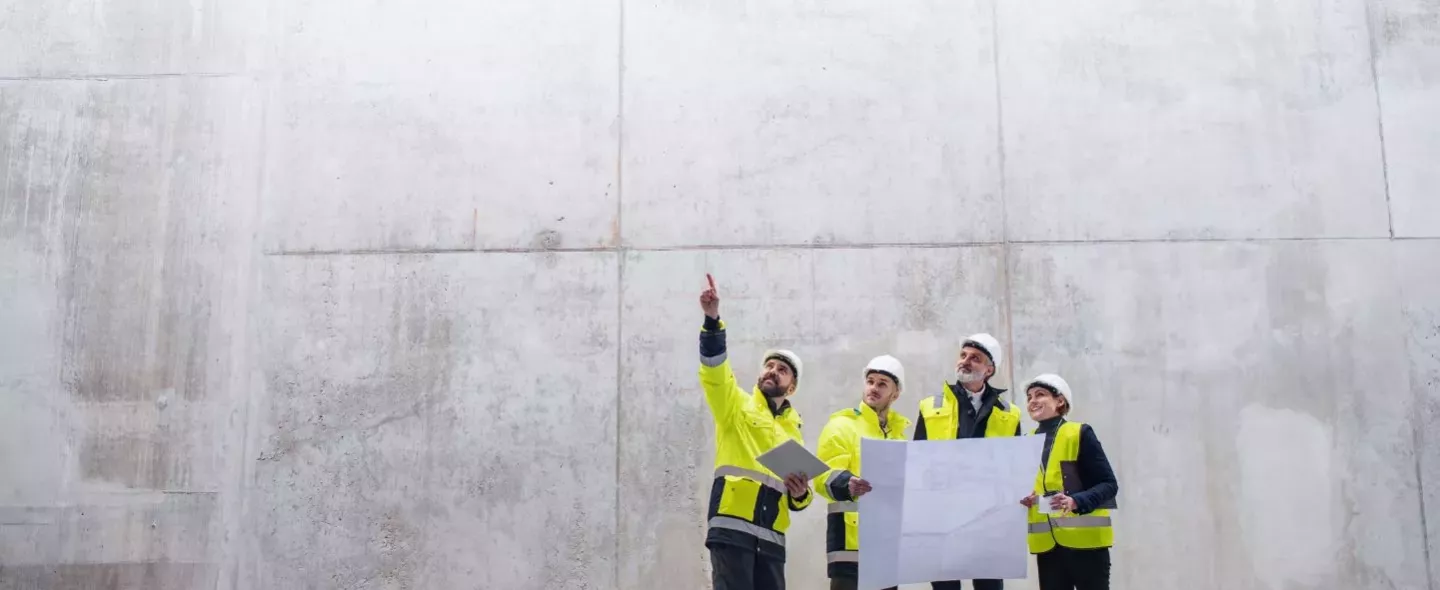How can I verify that the RAAC products I'm using meet compliance standards?
Collaborating with reputable RAAC manufacturers is crucial to ensure quality and adherence to necessary standards. Reliable manufacturers provide comprehensive documentation and test reports that validate compliance with the required industry standards. This documentation offers transparency and assurance regarding the quality and reliability of the RAAC materials. Furthermore, employing our testing and inspection services adds an extra layer of verification to guarantee compliance throughout the construction process.
Are there specific installation guidelines for RAAC to ensure compliance?
Yes, conforming to manufacturer recommendations and adhering to pertinent building codes is essential for RAAC installation. It's imperative to strictly follow manufacturer guidelines throughout the installation process. This includes meticulous handling, ensuring accurate mixing proportions, employing suitable reinforcement techniques, and implementing proper curing procedures.
What are the consequences of non-compliance with RAAC standards and regulations?
Neglecting RAAC standards and regulations can lead to a cascade of adverse consequences in construction projects. Failure to adhere to set standards poses safety hazards, risking the structural integrity and safety of the built environment, potentially leading to accidents or structural failures. Non-compliance can also result in legal liabilities, entailing disputes, fines, or project halts due to violations. Moreover, deviating from regulations might cause delays, impacting project timelines and budget. Prioritising strict compliance with RAAC standards is paramount to avoid these issues, ensuring safety, structural soundness, legal adherence, and the smooth progression of construction endeavors.
Can RAAC be used for both interior and exterior applications and are there any limitations?
RAAC presents a versatile solution suitable for various interior and exterior applications due to its robust nature. Its adaptability spans from road pavements to dams and industrial flooring. However, while RAAC offers versatility, considering environmental factors is crucial for its successful application. Exposure to extreme weather conditions, such as freezing temperatures or intense heat, can impact its structural integrity if not accounted for during construction. Similarly, areas subjected to high mechanical stress, like heavy traffic or industrial machinery, require careful consideration to ensure the RAAC's durability. Addressing these factors is vital to maximise the effectiveness of RAAC in various applications, ensuring its longevity and reliability in diverse environments.
What are common mistakes to avoid when working with RAAC in construction?
Common mistakes in construction often lead to compromised structural integrity. Improper curing, a frequent error, can weaken the material's durability, affecting its long-term strength. Inadequate reinforcement, whether in terms of the materials used or their placement, can compromise the structure's ability to withstand stress and load. Failing to follow manufacturer guidelines, which offer critical insights into material application and structural assembly, can result in unexpected issues. Another commonly overlooked factor is not accounting for thermal expansion, leading to potential structural distortions. Recognising and addressing these common mistakes in construction are crucial for ensuring the longevity and stability of any built environment.




